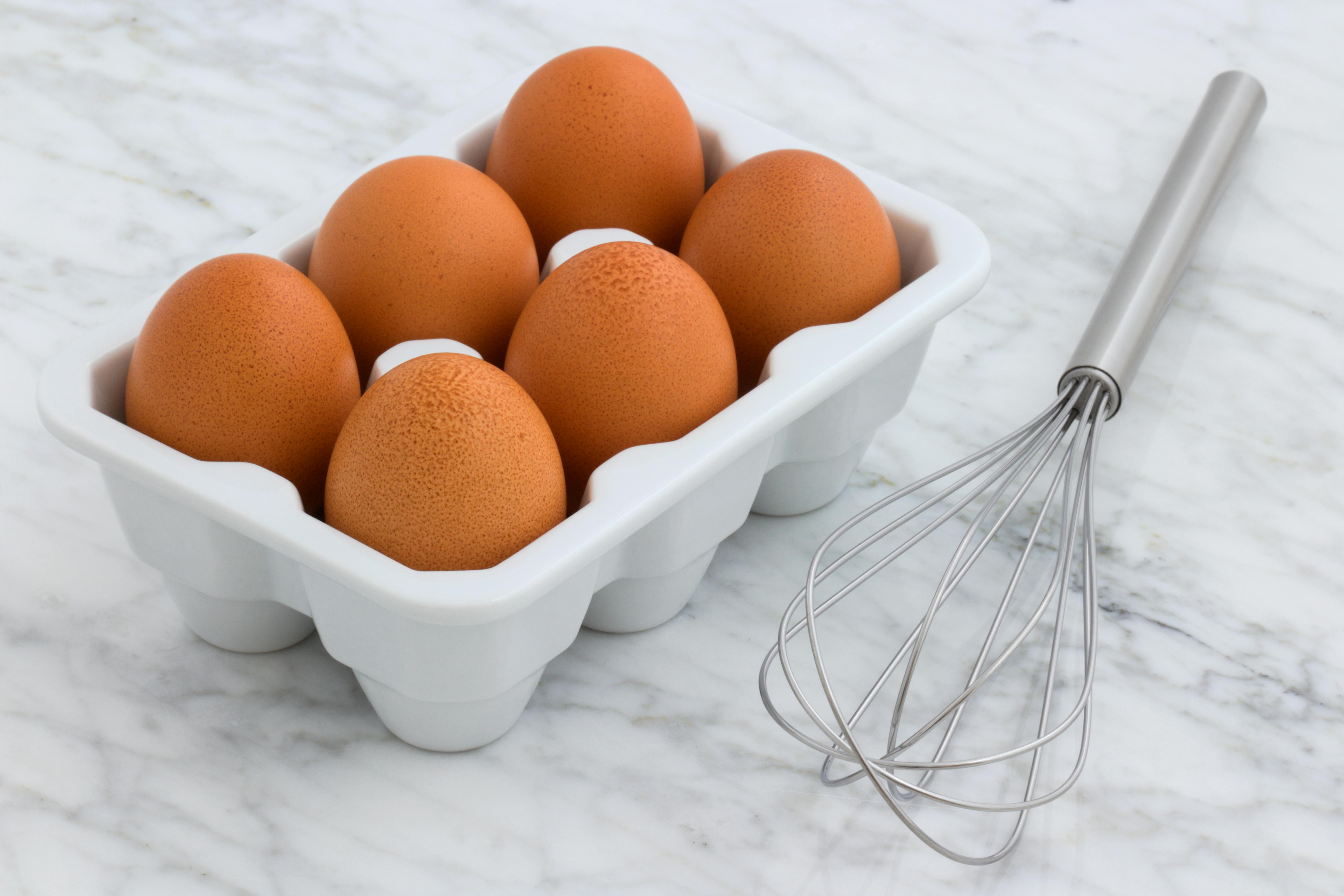
How to Grow Watermelon: Tips for a Thriving Garden in 2025
Growing watermelon is a rewarding endeavor that requires knowledge about optimal practices for each stage. From selecting the right seeds to harvesting sweet fruits, this guide covers essential aspects of **watermelon cultivation** to help you achieve delicious results. Whether you're a beginner or have some experience in **watermelon gardening**, these tips are geared to provide you successful outcomes in your garden.
Understanding Ideal Conditions for Watermelon Growth
Before diving into the practical steps of **growing watermelon**, it's crucial to comprehend the **ideal conditions for watermelon** to flourish. Watermelon thrives in warm climates, ideally with daytime temperatures between 70°F and 95°F (21°C to 35°C). Soil should be well-drained and rich in organic matter, with a pH of 6.0 to 6.8 for optimal nutrient absorption. Preparing the garden space involves amending your soil with compost or organic matter several weeks before planting, which encourages healthy root development. Ensure you choose a location with full sunlight exposure, as **sunlight requirements for watermelon** are significant, determining the size, sweetness, and overall quality of the fruit.
Soil Preparation Techniques
The success of **watermelon planting** greatly depends on how well you prepare the soil. Start with **soil amendments for watermelon**, such as adding compost or well-rotted manure, which provides essential nutrients. A **soil test** is also beneficial; it determines nutrient levels and allows for tailored amendments. For proper drainage, consider creating raised beds if your garden naturally retains too much water. Soil moisture should be managed effectively; testing this during the planting stage will prevent rot and disease in young plants.
Watering Requirements for Watermelon
**Watering watermelon plants** correctly is fundamental for growth and fruit production. Consistency is key; you'll want to maintain moist—but not overly saturated—soil conditions. A deep watering schedule is recommended—around 2 inches of water per week—especially during drought conditions. In the early stages, frequent shallow watering encourages the roots to establish. As the melons start developing, shift to deep watering techniques to promote robust growth and sweet flavors. Implementing effective irrigation for watermelon, such as soaker hoses, aids in efficient water usage and keeps the foliage dry.
Practices to Enhance Watermelon Growth
Following the right **watermelon care tips** allows growers to maximize their yield. One important factor to consider is the spacing of your plants. Watermelons need ample space for their sprawling vines to spread. Depending on the variety, aim for 36 to 72 inches between plants in rows spaced 4 to 8 feet apart. Pairing this with knowledge of **companion plants for watermelon** can not only save space but also deter pests and encourage pollination.
Choosing the Right Watermelon Varieties
Selecting from various **watermelon varieties** is integral to success. For shorter growing seasons, consider varieties such as 'Sugar Baby' or 'Blacktail Mountain.' These yield small, sweet fruits with quicker maturity times. In contrast, if space isn't an issue, larger varieties like 'Crimson Sweet' can produce substantial crops. Always research **local watermelon varieties** suited to your climate, as they'll perform better under regional conditions.
Pest and Disease Control
**Pest control for watermelon** is essential to prevent damage from harmful insects and diseases. Some common pests include aphids, cucumber beetles, and squash bugs. Implement organic methods, such as introducing ladybugs or utilizing homemade organic pest remedies, to mitigate these threats. It’s also beneficial to regularly inspect your plants for signs of distress, such as wilting or yellowed leaves. If you encounter problems while growing watermelons, be proactive in applying organic pesticides that minimize harm to beneficial insects in your garden.
Watermelon Care During Growth Stages
Understanding the **watermelon growth stages** is fundamental in providing appropriate care throughout the season. After seeding and establishment, the focus should shift toward supporting vigorous vine growth and fruit setting. Apply a balanced fertilizer during the vegetative phase and consider subsequent high-potassium feedings as fruits begin to develop to ensure robust sweet flavors. Additionally, regular care and monitoring at this stage can help to address any issues early on.
Timing and Techniques for Harvesting Watermelons
Harvesting watermelons at the right time maximizes sweetness—degree of ripeness directly influences **watermelon traits for the best flavor**. Ideal indicators of readiness include a creamy yellow spot (the field spot), a vibrant green skin, and a dull, matte finish. In practice, pull a watermelon and give it a firm tap; if it sounds hollow, it's ready to be picked. After harvesting its time for **post-harvest handling of watermelon**, so store them appropriately in a cool, shaded area to retain freshness.
Transforming a Small Space for Watermelon
If garden space is limited, consider **growing watermelon in pots** or vertical gardening techniques. Utilizing a trellis allows the vines to climb and promotes air circulation, reducing disease risks. Just ensure your pots are large enough to hold the expanding root system, as watermelon plants require significant nutrient intake to support vigorous growth.
Key Takeaways
- Choose the right variety suited for your local climate and set optimal soil conditions with proper pH.
- Consistency in watering and an understanding of plant spacing vastly influence the success of your crop.
- Managing pests and diseases will require vigilance and timely intervention to maintain plant health.
- Both appropriate harvesting techniques and post-harvest care are critical to enjoying sweet and fresh watermelons.
- Consider alternative methods, such as vertical growing, if gardening space is limited.
FAQ
1. What are the best conditions for watermelon growth?
Watermelon thrives in well-drained, sandy loam soil with a pH between 6.0 and 6.8. It requires full sun and protection from frost. Ensure daytime temperatures range between 70-95°F (21-35°C) for optimal growth.
2. How often should watermelons be watered?
Watermelons need approximately 2 inches of water per week. During germination, water them lightly, and once established, increase the amount to support growth, especially as fruits develop.
3. What are common pests affecting watermelon plants?
A few common pests to watch out for include cucumber beetles, aphids, and squash bugs. Addressing these pests early prevents significant damage and preserves the health of your crop.
4. How can I tell when my watermelon is ripe?
A ripe watermelon will exhibit a creamy yellow spot on its underside, a matte skin, and may sound hollow when tapped. Timing is key for **harvesting watermelons** to ensure sweetness.
5. Can I grow watermelons in containers?
Yes! **Growing watermelon in pots** is feasible. Ensure pots are sizable enough to support root growth and provide sufficient support for vine development. Vertical gardening can also optimize space.
With these effective techniques and guidelines, you'll be well on your way to cultivating delicious watermelons in your garden. Happy gardening!

